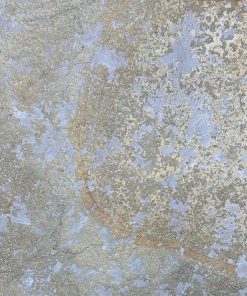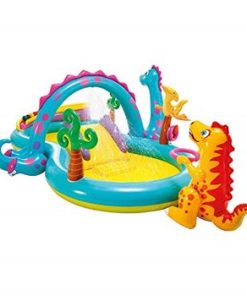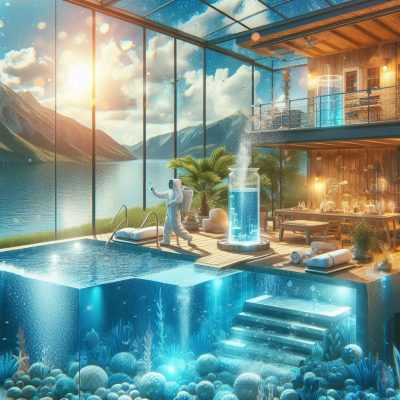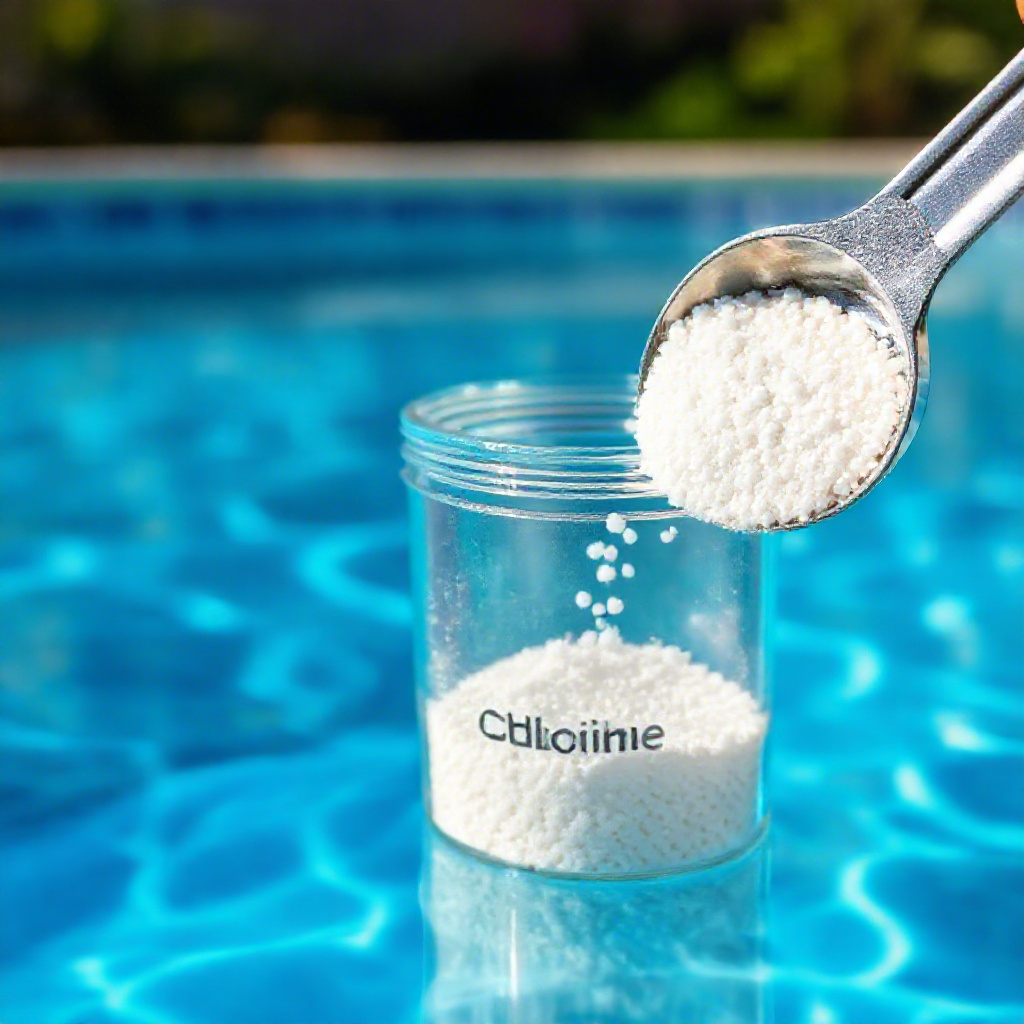Blogpool, Chemicals, Hottub, Maintenance, Swimming Pool, Trouble Shooting, Water Testing
How to prevent cloudy water in your swimming pool or hot tub: Key terms and questions answered
Terms you need to know:
Bathing Load: The number of bathers to the volume of water in a hot tub or pool.
Clarifier: A chemical treatment that binds together tiny particles in the water, making them large enough to be caught by the filter.
Evaporation: The process of water turning into vapor and escaping from the hot tub into the air.
Filter: A component that removes debris and particles from the hot tub water.
Free Chlorine: The amount of chlorine in the water that is available to sanitize.
Organic Matter: Material derived from living organisms, such as skin cells, body oils, and leaves.
Oxidation: A chemical process that breaks down organic matter in the water.
pH: A measure of the acidity or alkalinity of the water.
Sanitiser: A chemical that kills bacteria and other harmful microorganisms in the water.
Shock Dosing: A process of adding a high dose of oxidizer to the water to break down organic contaminants.
Total Alkalinity: A measure of the water’s ability to resist changes in pH.
Short Answer Quiz:
What is the primary cause of cloudy hot tub water?
What are the main types of contaminants that contribute to cloudy water?
Why are low sanitiser levels a contributing factor to cloudy water?
Explain the process of “shock dosing” and its purpose in hot tub maintenance.
Describe the different types of shock treatments available for hot tubs.
How often should hot tub filters be cleaned and replaced?
What is the function of a clarifier in maintaining water clarity?
List three preventative measures to avoid cloudy hot tub water.
How can hot tub owners conserve water and reduce costs?
Explain the benefits of using a water meter for monitoring hot tub water usage.
Short Answer Quiz Answer Key:
Cloudy hot tub water is primarily caused by suspended particles, often introduced by bathers, that are too small to be caught by the filter.
The main contaminants include environmental debris, organic matter from bathers, man-made organic contamination (cosmetics, lotions), and occasionally algae or bird droppings.
Low sanitiser levels contribute to cloudy water because there isn’t enough sanitiser present to effectively break down the organic contaminants being introduced.
Shock dosing is the process of adding a high dose of oxidizer to the water. Its purpose is to rapidly break down organic contaminants and restore water clarity.
Types of shock treatments include non-chlorine shock, chlorine granules, bromine granules, and one-shot sachet treatments.
Hot tub filters should be rinsed regularly and treated with a filter cleaning product at least monthly. They should be fully replaced at least every 12 months (or every 24 months with a two-filter rotation).
A clarifier binds together tiny particles in the water, making them larger and allowing the filter to remove them, thus improving water clarity.
Preventative measures include showering before use, rinsing swimwear without detergent, avoiding lotions and cosmetics, and keeping the hot tub covered when not in use.
Hot tub owners can conserve water by fixing leaks promptly, using efficient hoses, reusing drained water for gardening, minimizing splashing, and keeping the cover on to reduce evaporation.
Water meters help monitor hot tub usage, allowing owners to track water consumption and associated costs, promoting mindful water use and potentially identifying leaks.
Some products you might be interested in:


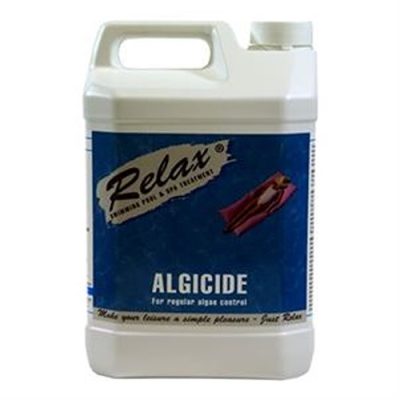
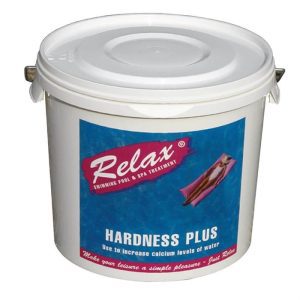
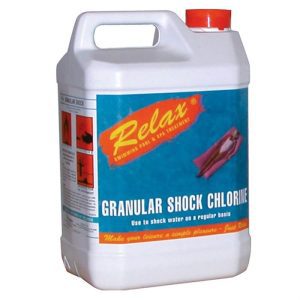
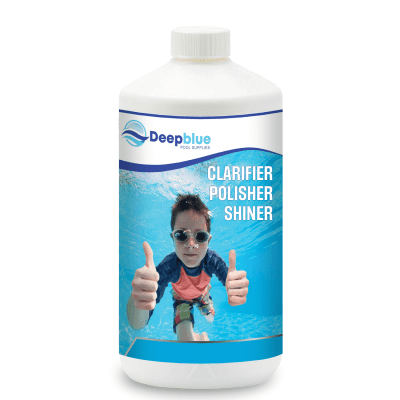
![Acetic Acid 80% Technical Grade for Water Treatment [250L/270kg]](https://www.thepoolcleaners.co.uk/wp-content/uploads/2024/12/TradeChemicalPurchases-247x296.png)



